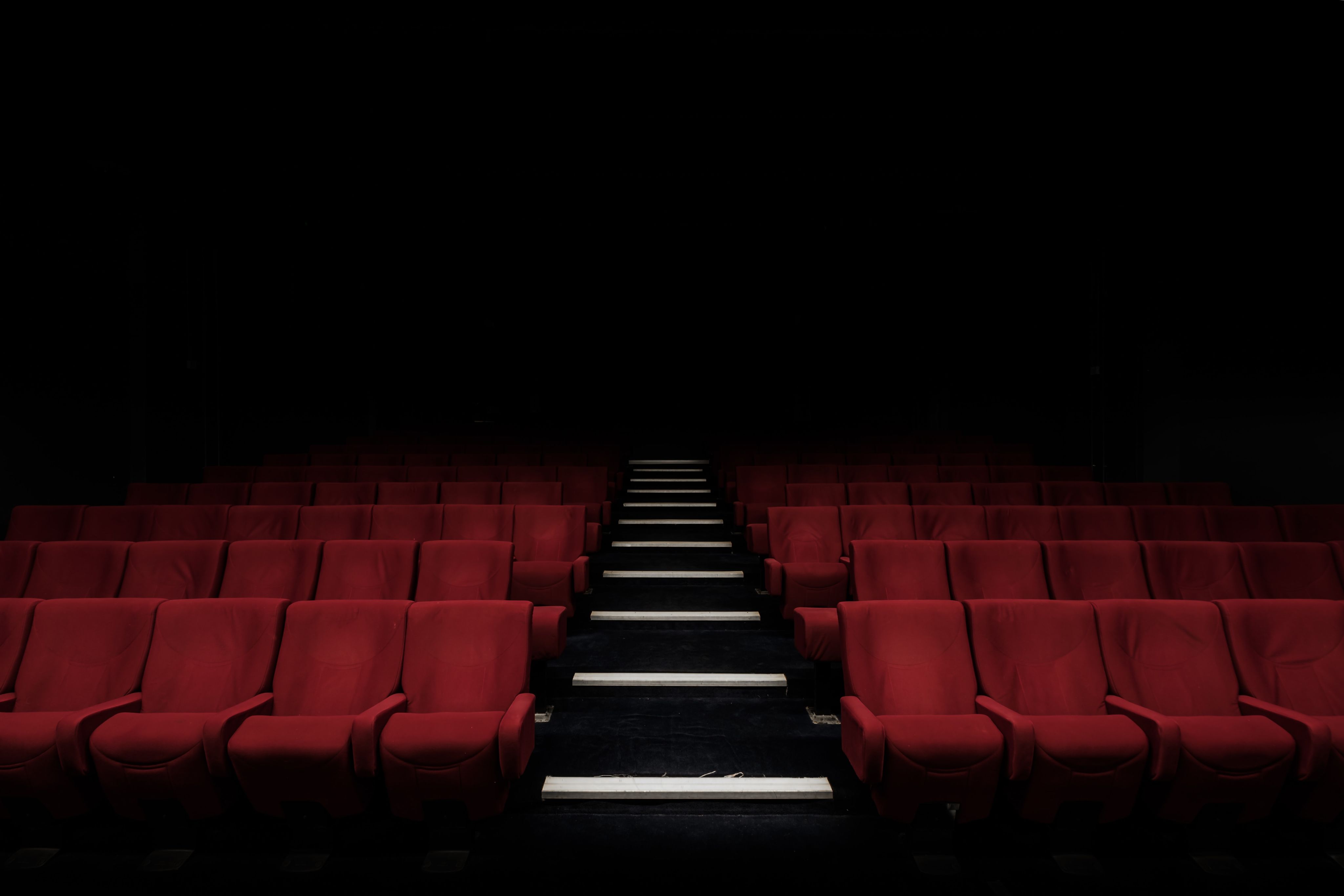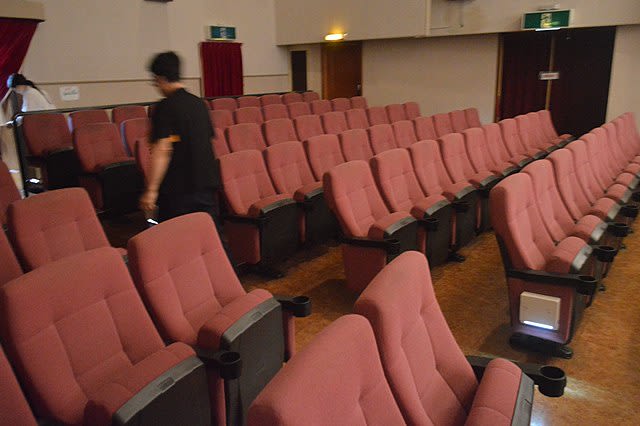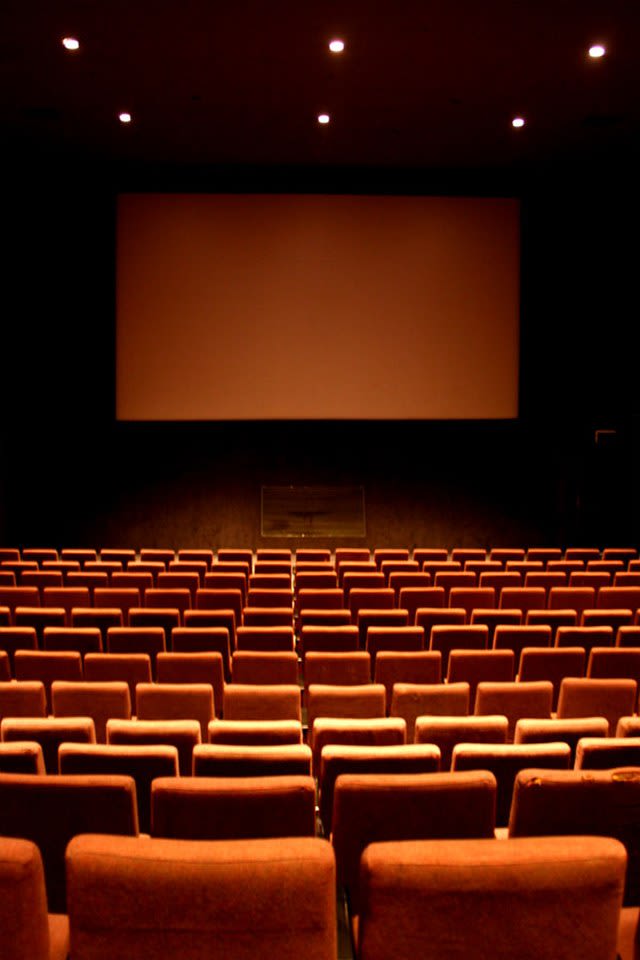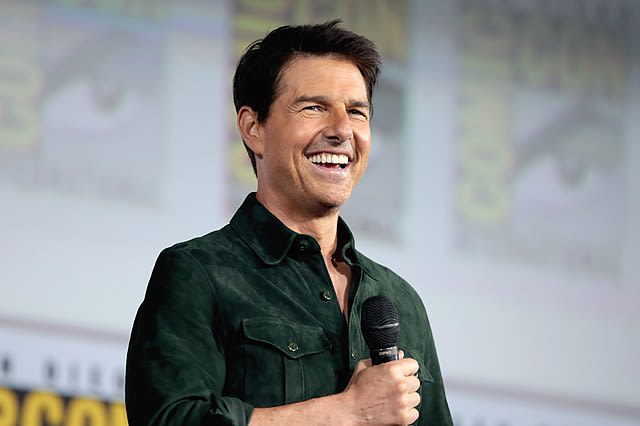The effect of the COVID pandemic on the film industry

The COVID pandemic had an impact on all walks of life, and none more so than the film industry. Many long-anticipated feature movies in production were pushed back, the box office tanked to levels never seen before and encouraging cinema attendances at the beginning of 2020 came to a grounding halt. There was also a growing popularity in streaming service with millions of consumers stuck in their homes for months on end.


FILMS PUSHED BACK
Films that were due for release were pushed back as a result of the pandemic. A Quiet Place 2, directed by John Krasinski, had its worldwide premiere on 8th March 2020 and was initially to be released in the United Kingdom and Australia 11 days later. Paramount Pictures, its distributor, had already spent around 60% of its budget on global prints and advertising. The abrupt effect of the pandemic contributed to dates behind rescheduled over the course of the next year, with the film finally being distributed to cinemas in late May 2021.
PRODUCTION DELAYED OR CANCELLED
Film production was also another problem. In the industry, more than 155 films were delayed to 2020 and produced either the following year or in 2022. The Batman had started production for two months before Warner Bros announced the postponement of filming. This was hoped to only last two weeks, but filming was not resumed until the middle of September, six months later. In a wider sense, production for virtually all films also grounded to a thundering halt, with production of some films only just beginning to start up again in countries with low rates of infection.

STREAMING SERVICE INCREASE
As the pandemic took hold and more of us stayed at home, streaming services reaped the benefits. The number of streaming service subscribers catapulted to levels never seen previously. Netflix, for example hit 200 million subs in 2020, while Disney+, just a year and a half into its inception, reached over 100 million in March 2021. Despite the return of cinemas over the last two years or so, streaming subscriptions are still steadily rising as we move further into the 2020s. The graph below indicates that streaming revenues are projected to exceed $110 billion dollars by 2026.
CINEMA ATTENDANCE DROP
Cinemas are by nature a high-risk environment, as they often pack hundreds of people into a small space together for extended periods of time. In addition to this, it can be difficult and time-consuming to clean them, making them less than ideal for a highly contagious virus like COVID-19.
Cinema attendances had been encouraging at the start of 2020, with a plethora of new films leading to high turnout during movie season. The collapse in numbers was ultimately detrimental to some movie theatres. Several major chains such as Cinemax were forced to close down permanently. Even AMC, the largest chain in America, was in such dire straits that they almost filed for bankruptcy.



For Stephen Thompson, a scriptwriter for Page2Films LTD, the pandemic was not necessarily an altogether negative experience, as he found there to be a greater attention given to pre-production. He said: “What did happen was people put more time into development, you couldn’t make any films (in terms of production), so a lot of people were reaching around, looking for writers for projects.
“Ironically, I think you’ll find some interesting films that have come about because of the peculiar circumstances of the pandemic. People were nicer to work with and more upfront with you about things that worked and things that didn’t.
“A lot of us realised if we lose this, we’re losing something very special – not just on a selfish financial level but as an art form.
“Films are an indestructible form that people are drawn to. If you look at cinema attendance, it’s sort of back to where it was in the early 90s and film critics loved to say the 90s were a golden era, for British cinema anyway. They’re not consistently back to where they were in 2019 but I think they’re going to get better and better.”

SIGNS OF RECOVERY TWO YEARS ON
He’s not wrong. As a result of movies such as Top Gun 2 Maverick and Super Mario Bros, there are signs of a full recovery. Tom Cruise, star of the former, received plaudits from the likes of Steven Spielberg for bringing the box office back to pre-pandemic levels. The director directly told him at an Oscars luncheon in February: "You saved Hollywood's ass and you might have saved theatrical distribution. Seriously Top Gun: Maverick might have saved the entire theatrical industry."
Thompson holds a similar view in terms of the influential role Cruise played. He said: "Top Gun came out and this thing of Tom Cruise - the man who saved the film industry - there's a bit of truth in that. It really did fire people up, it got them back in and when Super Mario then came out, cinemas were truly on the road to rehabilitation.
"I'm quietly optimistic. The model will keep continuing to work in some way, with tweaks, with some kind of modifications and rethinking."
In France, for the first time since the reopening of cinemas in May 2021, attendance is finally higher than it was before the health crisis. According to estimates from the National Film and Moving Image Centre, admissions recorded in April 2023 were an increase of 37.8% of the previous year and a level higher than the 2017-2019 average (+2.7%).
CONCLUSION
The film industry is displaying signs of recovery as we move further and further on from the pandemic. It faces new challenges as the projected rise in streaming numbers continues, but the big screen has always had its fair amount of obstacles throughout the years. Events have occurred in the past which has thrown its whole existence into deep peril – the 1918 influenza epidemic, the internet and the Second World War. But, like a phoenix, it rises to the top because its ''overall product'', the chance to escape from the trials and tribulations of everyday life, still exists – and that will never change.


Image Credits
Title Image Credits: Felix Mooneram, Unsplash
Section 1 Image Credits: Fernando de Sousa, Wikimedia Commons and Razgrad, Wikimedia Commons
Section 2 Image Credits: Alex Meechan
Section 4 Image Credit: CMetalCore, Wikimedia Commons
Section 5 Image Credits: Alex Meechan
Section 6 Image Credits: Gage Skidmore, Wikimedia Commons and Nintendo + Illumination, Wikimedia Commons
Section 7 Image Credit: Alex Meechan
Section 8 Video Credit: Alex Meechan